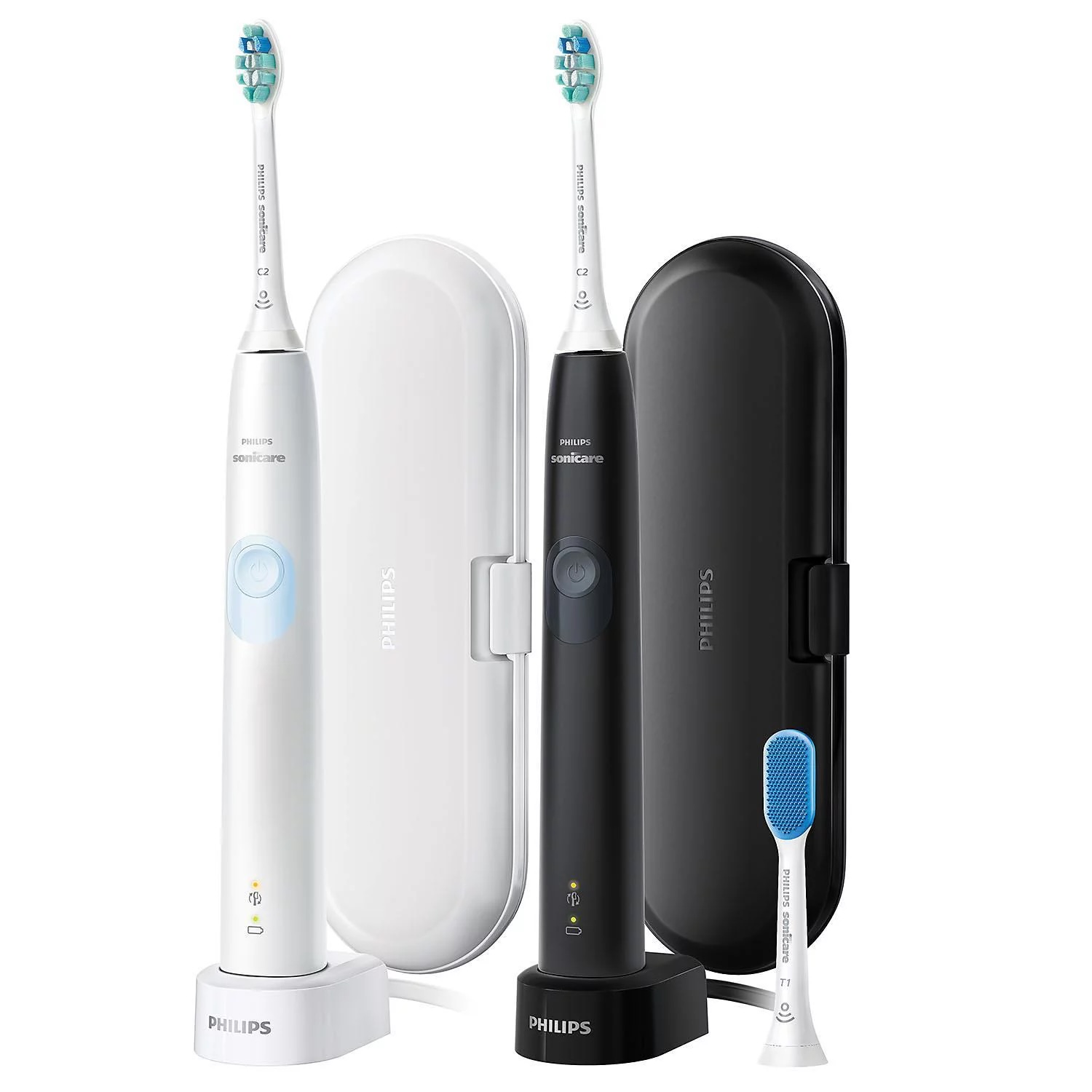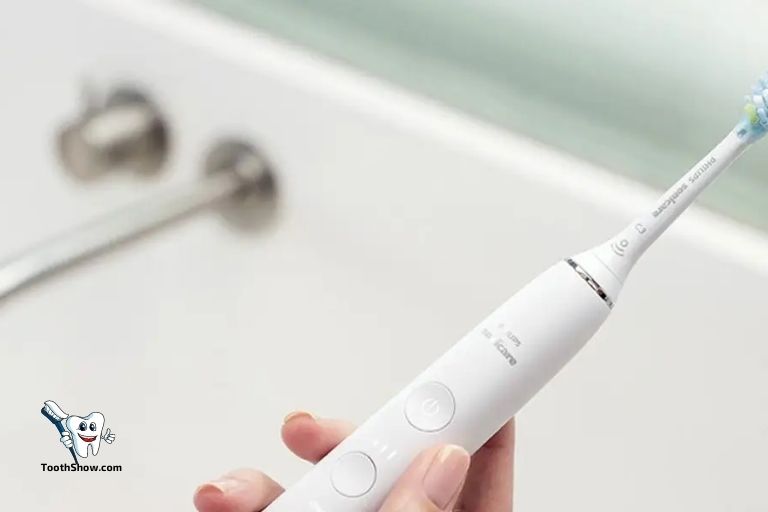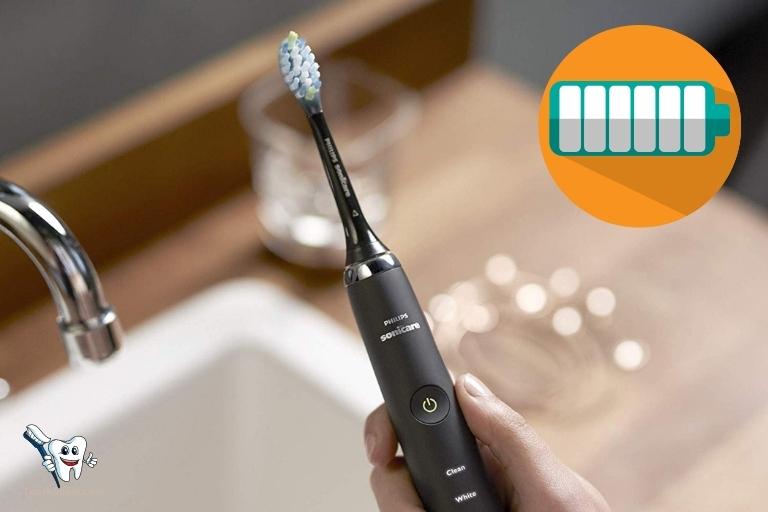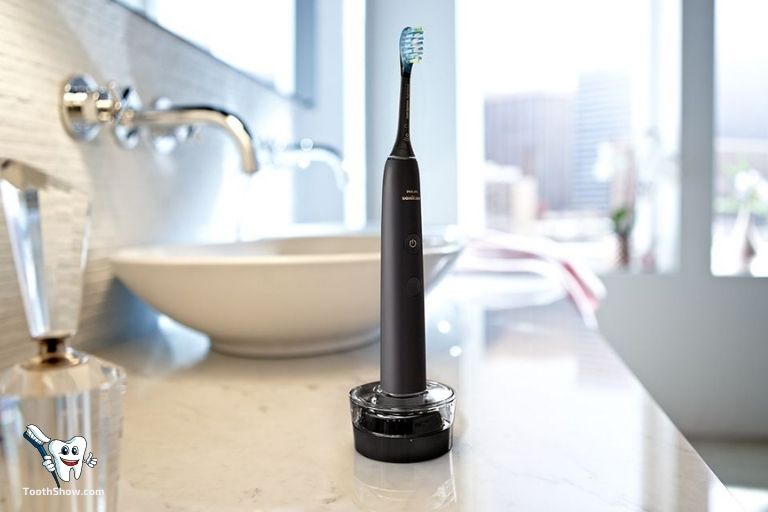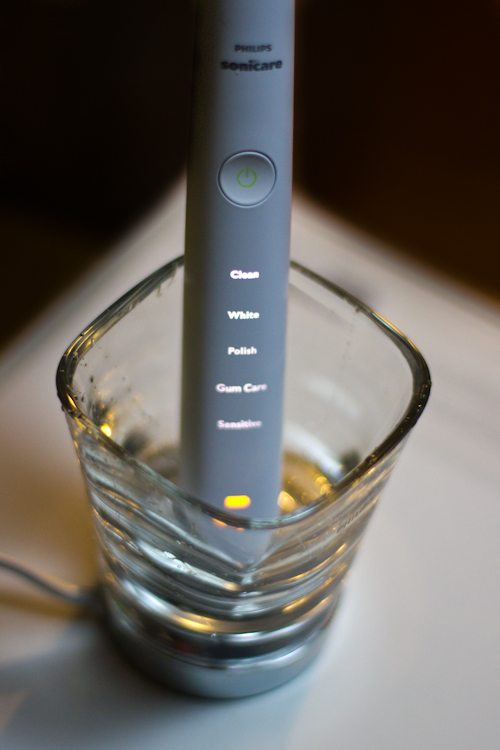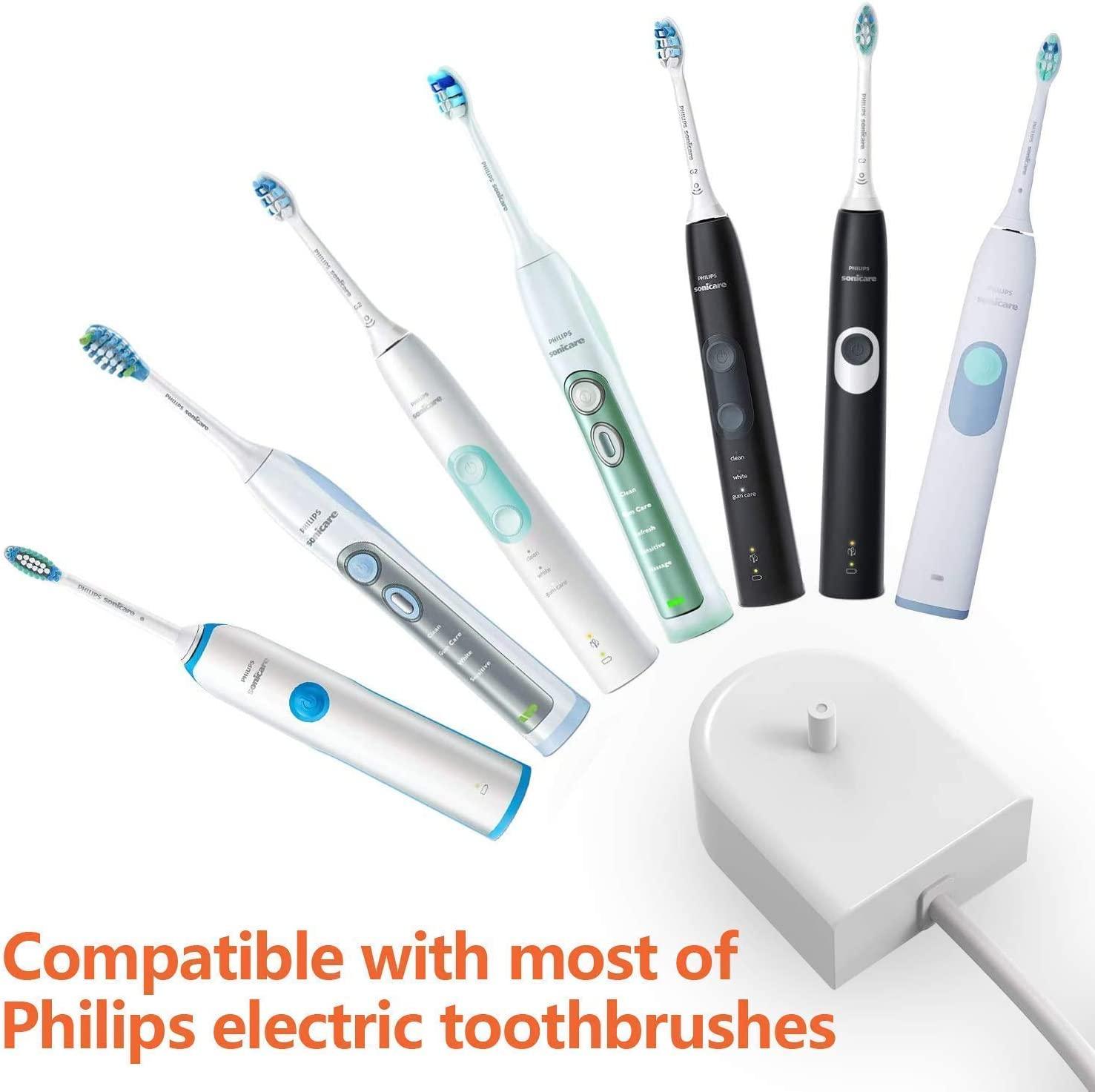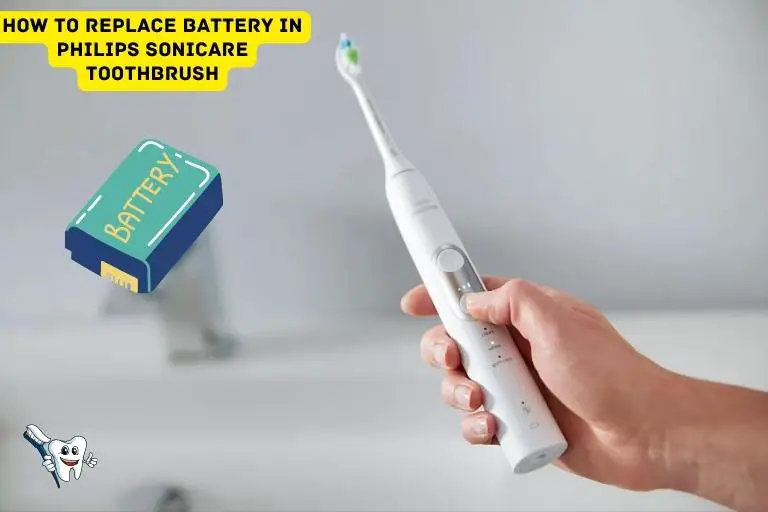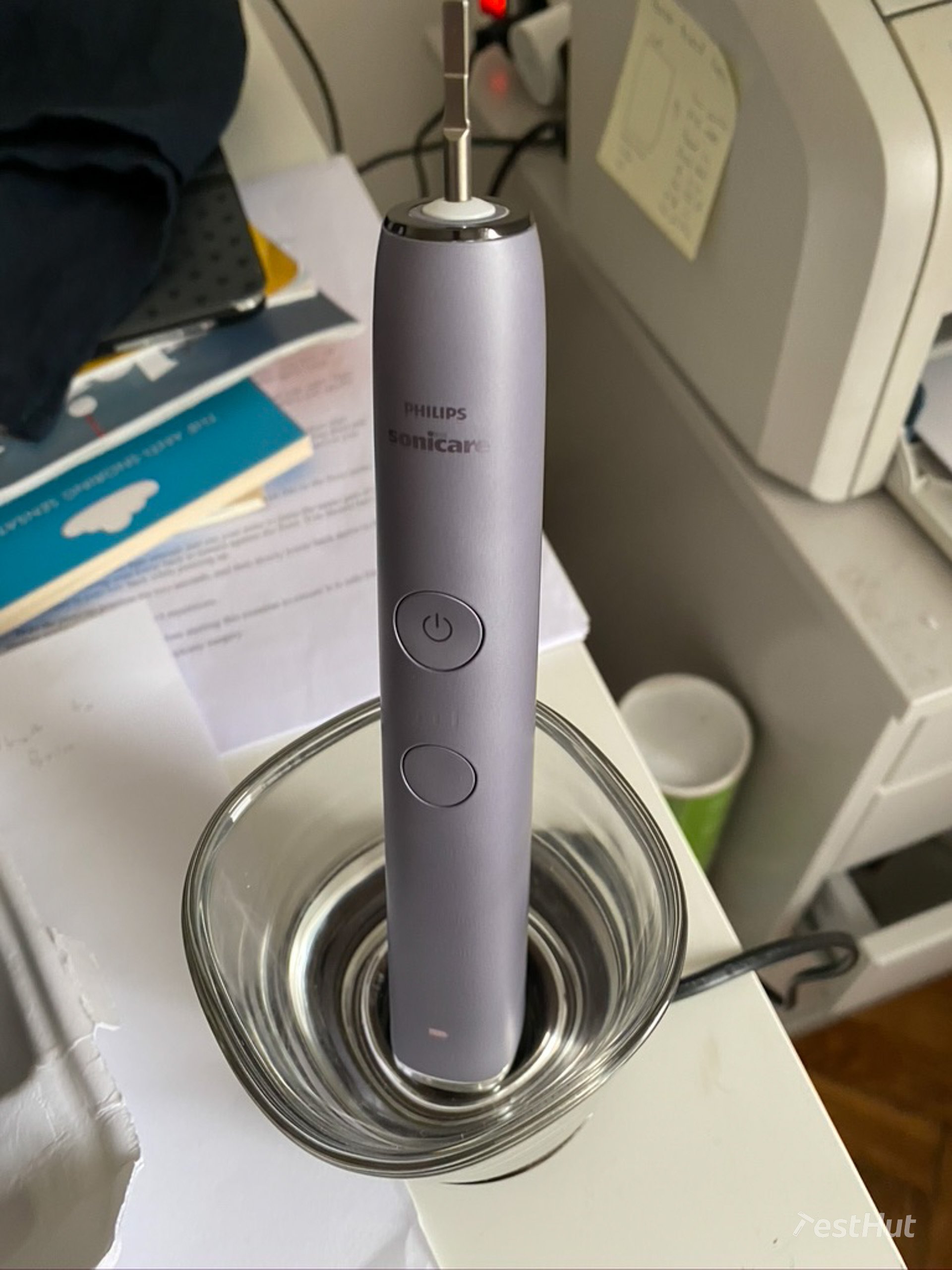How Long To Charge Philips Sonicare

For millions who rely on Philips Sonicare electric toothbrushes for their daily oral hygiene, understanding the charging process is crucial for optimal performance and longevity. The convenience of these devices depends significantly on consistent and reliable power. Knowing exactly how long to charge your Sonicare ensures you get the most out of your investment.
This article delves into the recommended charging times for various Philips Sonicare models, best practices for battery maintenance, and potential issues that might arise from improper charging. Understanding these details will help users maximize the lifespan of their toothbrush and maintain effective oral hygiene.
Recommended Charging Times
Philips Sonicare toothbrushes typically require a full charge of 24 hours for initial use. This initial charge is essential to condition the battery for optimal performance. Subsequent charges may vary slightly depending on the model and usage patterns.
According to Philips' official website and user manuals, most models should be charged for at least 24 hours every two weeks to maintain optimal battery life. Some newer models equipped with lithium-ion batteries can offer up to three weeks of use on a single full charge.
It's important to consult your specific model's user manual for the most accurate charging instructions. Different models may have slightly different charging requirements, and adhering to these recommendations will help prevent battery degradation.
Best Practices for Battery Maintenance
Overcharging a Philips Sonicare toothbrush is generally not a significant concern, as most models are designed with overcharge protection. However, continuously leaving the toothbrush on the charger after it is fully charged may still impact the overall lifespan of the battery over time.
Allowing the battery to completely drain before recharging is also not recommended. Partial charges are preferable to letting the battery run completely flat. This practice helps to prolong the battery's overall health and capacity.
Regularly cleaning the charging base and the bottom of the toothbrush can also contribute to efficient charging. Any debris or residue can interfere with the charging connection. Ensuring a clean connection helps maintain optimal charging speed and efficiency.
Troubleshooting Charging Issues
If your Philips Sonicare toothbrush isn't charging, the first step is to check the power outlet. Ensure the outlet is working by testing it with another device. A faulty outlet can be a common cause of charging problems.
Inspect the charging base and the toothbrush handle for any visible damage. Cracks, frayed cords, or bent charging pins can prevent proper charging. If you notice any damage, it is best to contact Philips customer support or consider replacing the damaged components.
Sometimes, a simple reset can resolve charging issues. Refer to your toothbrush's user manual for instructions on how to reset the device. This can often restore normal charging functionality.
Impact on User Experience and Oral Hygiene
Understanding proper charging techniques directly impacts the user experience. A fully charged toothbrush ensures consistent power and effective cleaning, contributing to better oral hygiene.
A toothbrush with a poorly maintained battery can lead to inconsistent cleaning power, potentially compromising oral health. Investing a few minutes in proper charging and maintenance can significantly improve the effectiveness of your oral hygiene routine.
Ultimately, taking the time to understand and implement these charging best practices will lead to a longer-lasting and more reliable Philips Sonicare experience, supporting better oral health for years to come.

